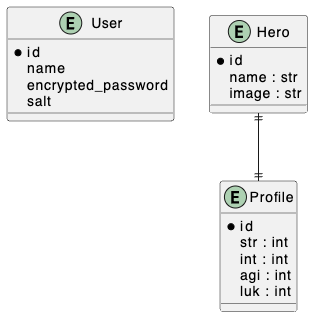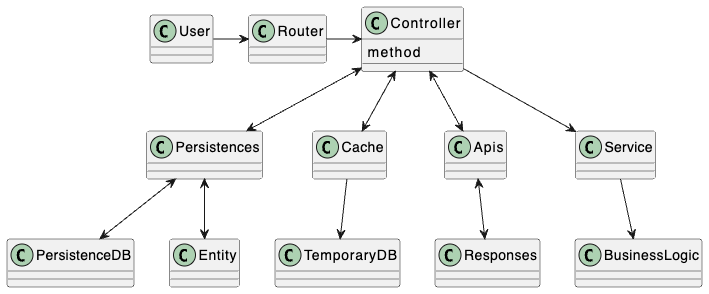There are three ways to run this server with and without container Please clone the code first!
$ npm install- Set up your local DB.
- Download PostgreSQL
- Set src/app-data-source.ts with your user_name & database.
- Postgres command
$ psql postgresin your terminal, you will access to postgres serverpostgres=# create database your_database_name;, it will create a db for you.postgres=# \q, it will exit postgres server
- start your local Redis server
$ brew install redis$ brew services start redis
$ npm run register_user, it will register the users who can authenticate.$ npm run job, it runs the cron jobs to fetch data$ npm run serve, it runs the API server for the users
- Please download the latest docker in your machine.
$ docker-compose up- It will do three things automatically.
- preset username and password for the users
- run the cron job
- run the server
- It will do three things automatically.
- Please download the latest minikube.
$ brew install minikube
- Please start your cluster
$ minikube start
- Please build the pods/ services/ deployments
$ sh k8s/build.sh
- Please open the apiapp tunnel.
$ minikube service apiapp-service
- Please check the ip and port that service opens for external
$ sh src/tests/e2e/dev_e2e_test.sh, it use curl to fetch API server.
- Ref: ./visualization_doc/system_design.puml
- Ref: ./visualization_doc/data_design.puml
- Ref: ./visualization_doc/directory_structure.puml
- apis (To call external apis)
- responses (To format the response from external apis)
- crons (The jobs to fetch data in a period)
- cache (The key-value noSQL to save the CPU resources)
- controllers (To define which logic/persistence/service to access.)
- routers (To map endpoint and controller/action)
- entity (ORM to make the data easy to maintain)
- persistences (To process the data logic)
- data (To save data by patch)
- services (To process the business logic)
- Why do I separate api response and entity in this case? We will have more flexibility to de-couple the relationship between API response and data model. So, I divide them into two different layers, which is persistences layer and APIs layer.
- tests
-- apis
-- crons
-- ...
Note
- Because of time limitation, I will only do the test of the controller, which contains more logics in this projects.
- The framework to build routes and API server.
- for static declaration to make the code easier to maintain.
$ npx tsc --initto initialize TypeScript- It will generate tsconfig.json
- customize your the tsconfig.json (e.g. rootDir & outDir)
- for object-relation mapping
- It will be easy to inject and collect data
- It needs to set the app-data-source.ts
To speed up client side API, we can save data previously before users fetch API.
$ npx ts-node src/crons/xxxJob.tsNote: if using$ node xxx.js, it will not initialize DB first, which caused a bug when inserting data.
- I do not write the command unless there are legacy that the logic are hard to be explained by code.
- Normally, I write the code that can explain the logic.
- About route
- I am surprised that authenticated api is GET.
- I do not know how to differentiate the same route but differet header.
- But, I have multiple layers to deal with this kind of situation.
- So, I can deal with this problem in the Route layer.
- About container
- The design is not so good in the beginning, so I have to build multiple different containers for my server/job/patch.
- I use docker-compose to build and map the multiple containers.
- So, you can easily run the server by container without running the job and patch.


